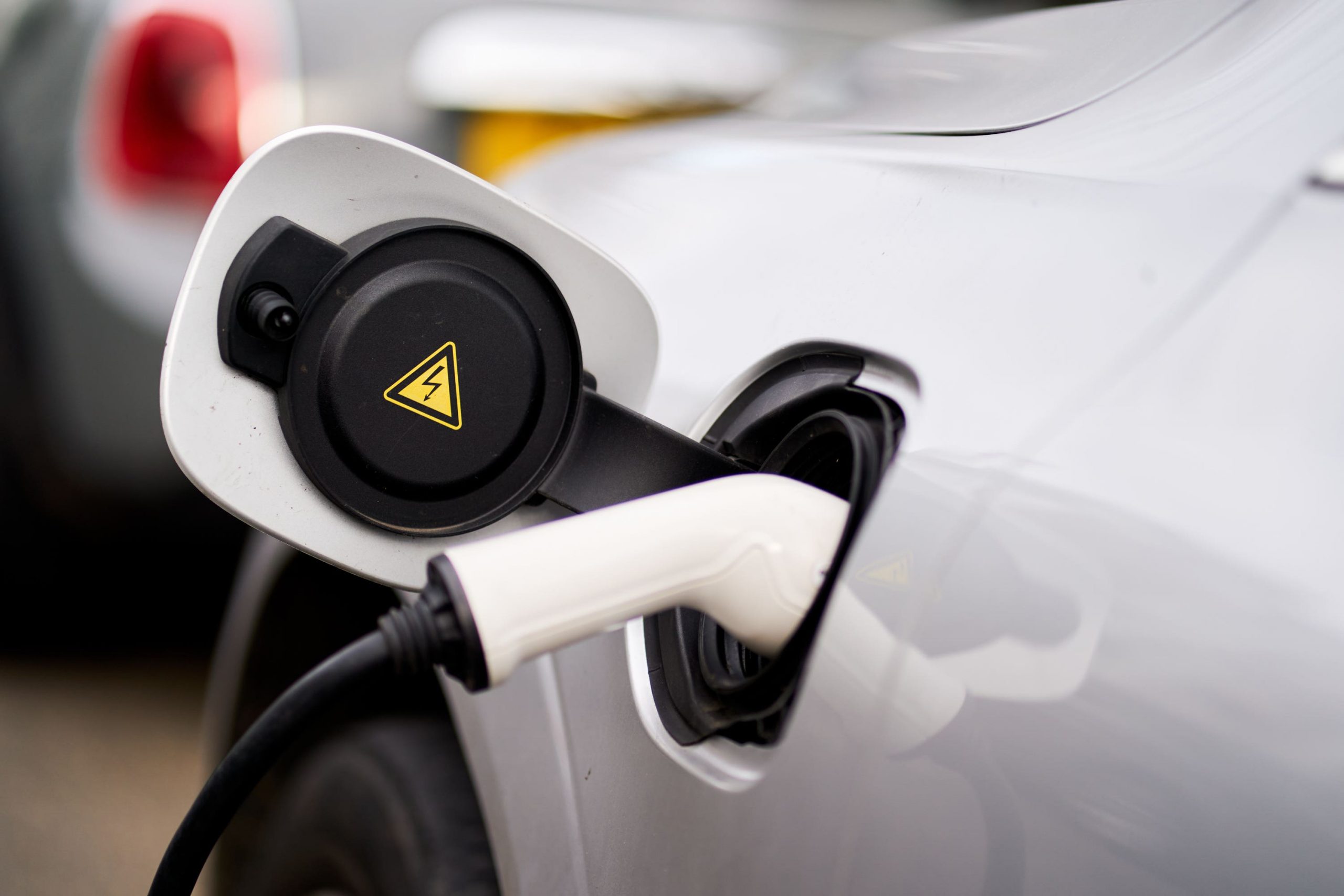BT is launching a trial to convert street cabinets traditionally used for broadband and phone cables into electric vehicle chargers.
The pilot will see the first unit powered up in East Lothian in Scotland, with the potential to upgrade 60,000 cabinets to support EV charging and help boost sustainable transport.
The scheme is being run by Etc, the start-up and digital incubation arm of the BT Group, and has been unveiled ahead of the CES technology convention in Las Vegas – where the technology has been recognised as an innovation champion for the 2024 show for outstanding design and engineering.
The annual trade show, which attracts around 100,000 attendees and some of the biggest tech firms in the world unveiling new products, officially opens on Tuesday.
Etc plans to upgrade near end-of-life green street cabinets as EV charging points to extend their usefulness.
The firm said it would consider a range of technical, commercial and operational points to establish if the scheme could be rolled out more widely.
Tom Guy, Etc chief executive, said: “Our new charging solution is a huge step in bringing EV charging kerbside and exploring how we can address key barriers customers are currently facing.
“Working closely with local councils in Scotland and more widely across the UK, we are at a critical stage of our journey in tackling a very real customer problem that sits at the heart of our wider purpose to connect for good.”
“This is a key step in our mission to build products and services right now that work for the future, with positive transformation at the heart.”
Etc also announced it was scaling an app-based solution for remote health care in the north of England, which enables clinicians to monitor patients and identify the risk of serious cardiovascular events.
Previously piloted among just over 1,000 patients, it is now to be trialled among 228,000 people based in Warrington, Cheshire.
The app involves patients uploading their vitals and biometrics for clinicians to monitor, identify and reduce or manage cardiovascular disease using early monitoring and pre-emptive intervention.

